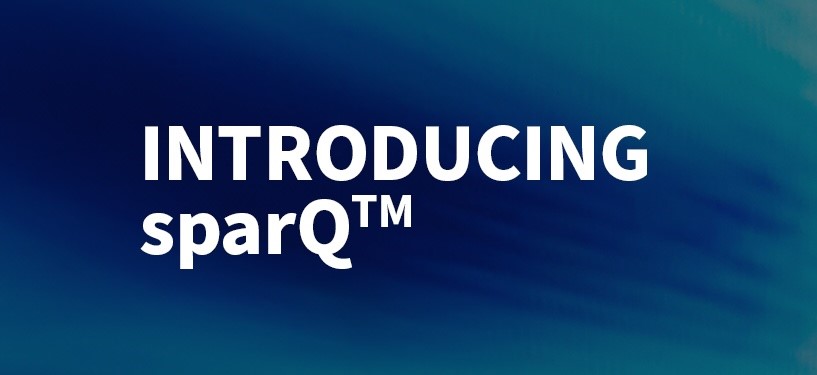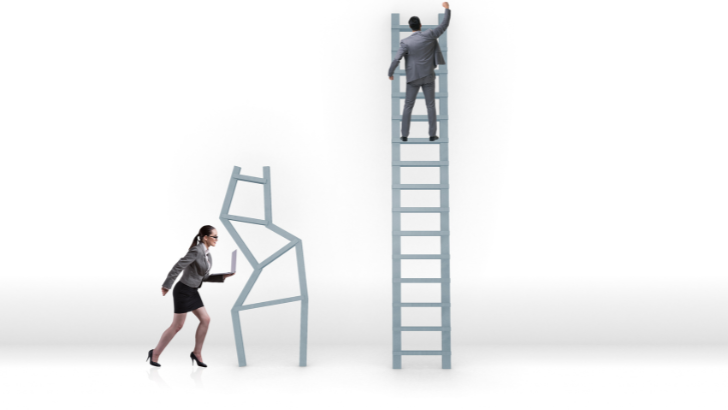I pride myself on being the person who continues to seek out how to master employee
happiness. With Stress Awareness month is over, the articles about the effects of
workplace stress still arrive in my inbox thanks to my clever Google alert. Just because
April is over, doesn’t mean that the strong need for organizations to make improvements
to their cultures with a focus shift to employee well-being goes away.
What did you learn about stress in the workplace? I am happy to share a few things.
1. There are negative effects on the organization when the employees are not
receiving the “optimal” amount of stress to perform. Things like employee
attraction, engagement, retention, and productivity are just some of the key
metrics that are impacted by too much stress in the workplace. There is so much
ambiguity in that statement though.
Let me help with just a touch of clarity. Stress leads to unhealthy behaviors, if you
invest in tools and resources to educate and support your teams, you will see
more productive and overall happier employees. In 2011/2012, Towers Watson
conducted a survey that was able to link health to dollars.
- Profit difference of $132,000 per employee
- Annual healthcare savings of $1000 per employee
(think about that… 100 employees, $1 million) - What are the payroll costs associated with recruiting,
hiring, retraining new employees? - How much money do you lose due to absenteeism or
sick time usage?
2. Tools and resources are not one size fits all. When your leadership and HR teams
are looking at wellness offerings for your teams, remember that you serve many
different personality types. You may say, “Well we offer gym facilities and
personal training.” That does nothing for the person that has no interest in
working out however is super creative and enjoys coloring or meditating. Thinking
about ways to do wellness differently to appeal to the masses is HUGELY
important when evaluating programs. Poll your audience to ensure that you are
meeting the needs to all teams.
- Vision boarding
- Coloring
- Connect the dots
- Groups for life changes or special interests: internal
Meetups for divorce, loss, gaming, knitting, baking,
book clubs, etc.
3. Don’t think you can’t implement strategies that include more innovative
approaches to goal setting, inspiration, and stress reduction. Mindfulness
practices are productive at work and at home, as well as a great way to improve
creativity in your workplace. In a recent speed journaling workshop, I facilitated
for Boston professionals, I was drafting my outline and was going to separate out
personal/professional/blended outcomes of journaling. As I started entering
ideas into these columns, I realized that they are all blended. The effects of
journaling as a mindfulness practice:
- Reduce anxiety and stress
- Identify triggers and patterns in behavior
- Gain clarity around goals / goal setting
- Cultivate creativity and inspiration
- Reduce negative thoughts
- Promote positive self-talk
At a recent convention, I had a lot of conversations with HR representatives about
creative ways to engage teams and identify unknown stressors. I was excited to
share that vision boarding can be a great tool for those that are working to identify
themes of underlying stressors, and that journaling is an incredible way to develop
better relationships with leaders and teams, while coloring can really provide a
moment of mindfulness for that creative engineer. So even though Stress
Awareness month is over, don’t let the awareness go down as a leadership team.
Think more about how you can provide a happier culture, as a Happiness
Producer, I promise it will lead to great rewards.
Download this PDF for a stress identification survey tool for your team.
_________________
This post was written by Crystal Farley of C FAR: Beyond the Box.



